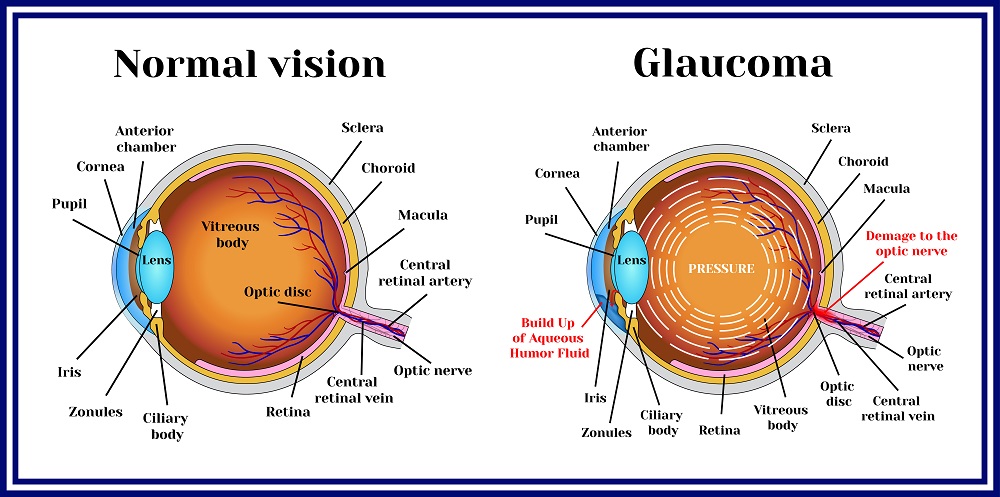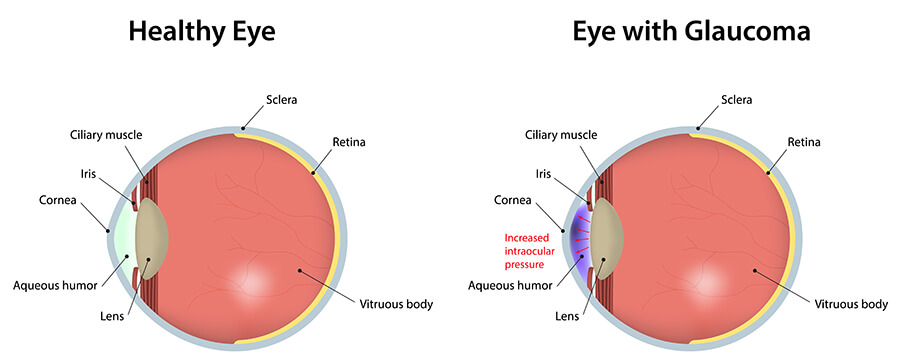Comprehending the Various Vision Correction Procedures Available for Clearer View
In the realm of vision adjustment treatments, a multitude of options exist to attend to refractive errors and offer individuals with clearer sight. From the widely identified LASIK surgical treatment to less intrusive treatments like PRK and implantable lenses, the field of ophthalmology provides a series of strategies tailored to match different requirements and choices. Each treatment includes its own collection of factors to consider, advantages, and possible risks. Recognizing the nuances of these vision adjustment approaches is crucial for making educated decisions concerning one's aesthetic health. Allow's check out the ins and outs of these treatments and shed light on the path to attaining improved vision clearness.
LASIK Surgical Treatment
LASIK surgical treatment is an usual refractive procedure utilized to remedy vision problems such as astigmatism, farsightedness, and nearsightedness. This medical strategy, which stands for Laser-Assisted in Situ Keratomileusis, aims to improve the cornea to enhance just how light is concentrated on the retina, eventually boosting vision clarity.
One of the main advantages of LASIK surgical treatment is the quick improvement in vision experienced by clients. Lots of individuals discover a considerable enhancement in their vision quickly after the procedure. In addition, the majority of individuals report marginal pain and pain throughout the surgery and recovery duration. The recuperation time for LASIK is reasonably quick, with several people going back to their daily activities within a day or 2 post-operation. Overall, LASIK surgical treatment is a preferred selection for people looking for a long-lasting solution for their vision problems.
PRK Procedure
While additionally a common refractive procedure, the PRK (Photorefractive Keratectomy) strategy varies from LASIK surgical procedure in its approach to dealing with vision troubles. In PRK, rather than creating a flap on the cornea, the outer layer of the cornea, called the epithelium, is completely removed. This enables the laser to improve the cornea to deal with refractive errors such as astigmatism, farsightedness, and nearsightedness directly externally.

Despite the longer recovery time, PRK can yield excellent cause vision renovation, making it an important choice for those who may not be appropriate candidates for LASIK surgical procedure.
Implantable Lenses
Unlike PRK where the cornea is improved directly, implantable lenses supply an additional approach for fixing vision by inserting fabricated lenses inside the eye. This procedure is specifically helpful for individuals with high degrees of farsightedness, astigmatism, or nearsightedness who may not appropriate candidates for laser surgical treatments like LASIK or PRK.
Implantable lenses, likewise known as phakic intraocular lenses, job by supplementing the eye's all-natural lens with a man-made one. retina service near me. These lenses can be placed before the all-natural lens (anterior chamber) or behind the iris and in front of the natural lens (posterior chamber) By readjusting the power and positioning of these lenses, eye doctors can efficiently fix refractive mistakes and improve aesthetic skill
One benefit of implantable lenses is that they are exchangeable and detachable, offering adaptability for future changes. As with any type of surgical procedure, there are risks involved, such as infection or cataract formation. Individuals considering implantable lenses need to seek advice from an eye care expert to determine one of the most appropriate alternative based upon their individual demands and eye health and wellness.
Corneal Rings
Corneal rings, likewise called intracorneal ring sectors, are small, clear tools put right into the cornea to fix vision distortions such as keratoconus. Keratoconus is a condition where the cornea thins and protrudes exterior, causing vision to become altered. The insertion of corneal rings helps to squash the cornea, improving aesthetic skill and lowering the irregular astigmatism brought on by keratoconus.
The treatment for inserting corneal rings is fairly fast and minimally invasive, commonly performed as an outpatient procedure. Throughout the surgical procedure, the ophthalmologist makes a tiny incision in the cornea and inserts the rings at a certain deepness. Once in position, the rings assist to reshape the cornea, offering a smoother surface area for light to enter the eye, which can cause clearer vision.
Corneal rings are thought about a reversible procedure, as they can be removed or changed if needed. eyecare near me. While they may not totally get rid of the demand for glasses or contact lenses, corneal rings can significantly boost vision quality and overall visual comfort for individuals with keratoconus or various other corneal irregularities
Refractive Lens Exchange
Adhering to the correction of corneal abnormalities with treatments like corneal rings, one more vision modification strategy that can deal with refractive errors is Refractive check it out Lens Exchange (RLE) RLE is a surgery that involves replacing the eye's natural lens with a fabricated intraocular lens (IOL) to deal with refractive mistakes such as nearsightedness, farsightedness, and presbyopia. This treatment is especially have a peek at these guys valuable for individuals that may not appropriate prospects for procedures like LASIK or PRK because of variables such as slim corneas or high refractive errors.

Verdict
In verdict, there are different vision adjustment procedures available to aid individuals attain more clear view. LASIK surgical procedure, PRK procedure, implantable lenses, corneal rings, and refractive lens exchange are all options that can deal with various vision problems.
In the world of vision modification treatments, a wide variety of alternatives exist to resolve refractive mistakes and provide individuals with more clear view.LASIK surgery is a typical refractive procedure used to correct vision troubles such as nearsightedness, astigmatism, and farsightedness.While additionally a typical refractive procedure, the click for more PRK (Photorefractive Keratectomy) strategy varies from LASIK surgery in its technique to remedying vision problems.Adhering to the correction of corneal abnormalities with procedures like corneal rings, an additional vision adjustment method that can attend to refractive errors is Refractive Lens Exchange (RLE) LASIK surgical procedure, PRK procedure, implantable lenses, corneal rings, and refractive lens exchange are all alternatives that can deal with different vision concerns.